Författare: Graziella Loyrette
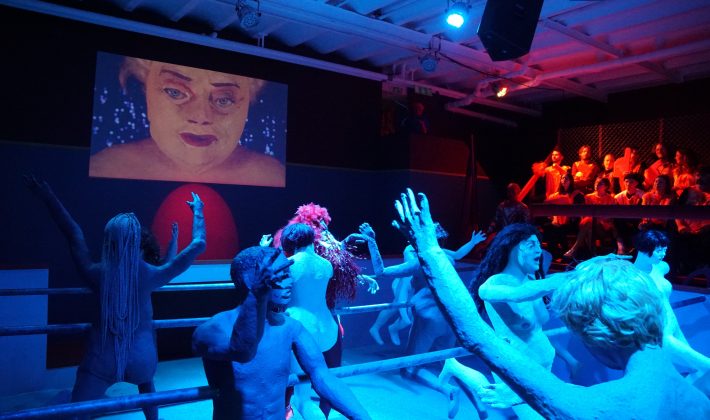
Verklighetsgripande maskulint tävlingsglitter
Foto: Lilith Performance Studio / Petter Pettersson Publiken samlas utanför Lilith Performance Studio i väntan på att bli insläppta bakvägen uppför en brant smal trappa. Snart ska det bli helt […]
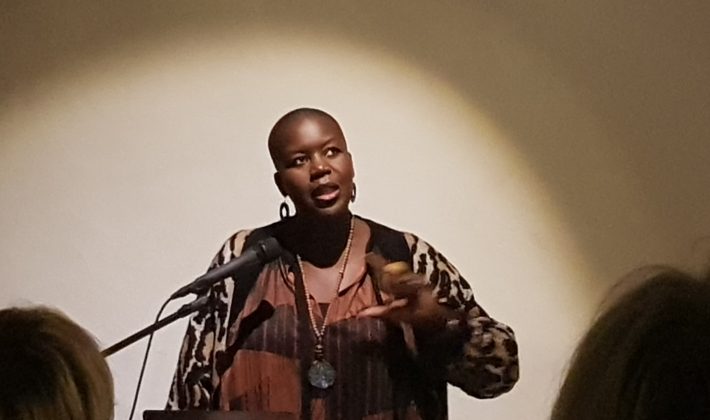
Artists are in position to decolonise
Decolonisation is simply the undoing of colonialism, but it’s not a simple process neither is it a process happening by itself. Traces of colonisation definitely still exists and repeat today, […]
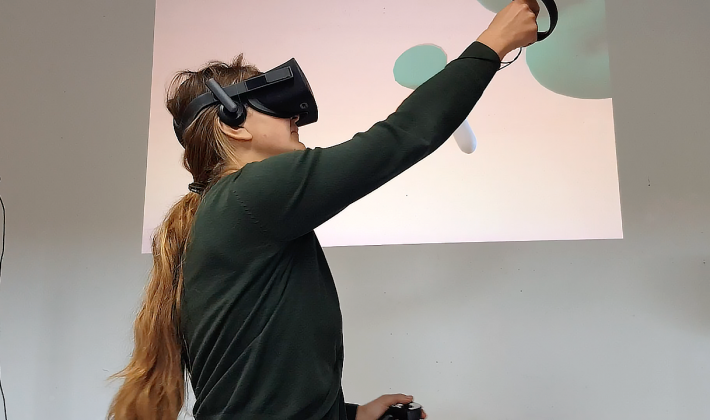
Technology and creativity creates communities
VR and laser cutters brings people together when Folk Lab Tour 2018 is touring Sweden at 7 different locations during one month. 3D-painting in VR. Photo: Graziella Loyrette The exhibition […]
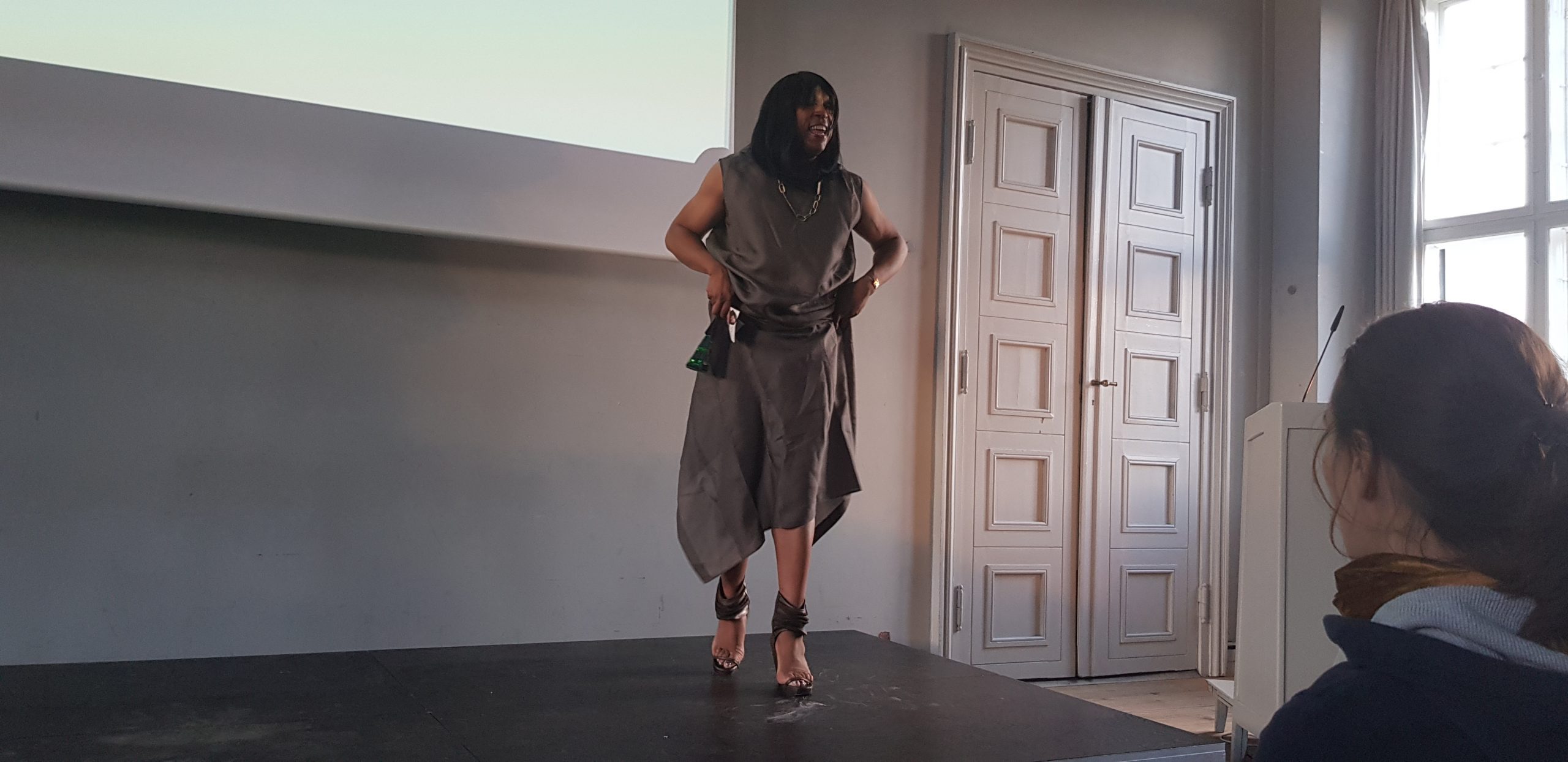
New free performance art school
Curriculum is an independent public school of performance art in Copenhagen with the aim to organise completely public lectures with important figures of the international performance art scene. »The […]
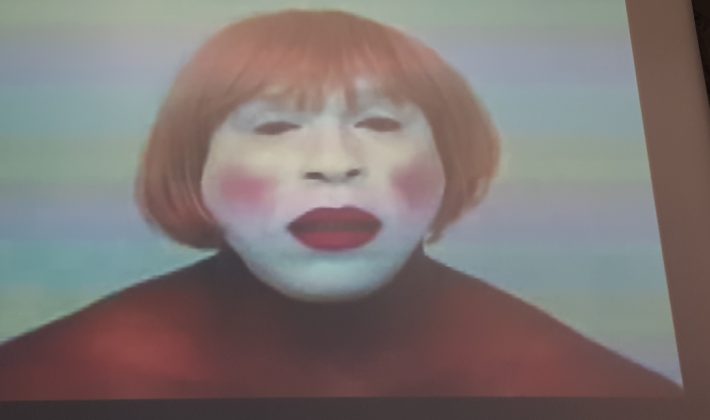
Disidentification through drag performance
A powerful tool of drag performance is its magical possibility to be able to interrupt fixated positions. Jose Esteban Muñoz wrote about disidentification in the work of Ms. Vaginal Davis. […]
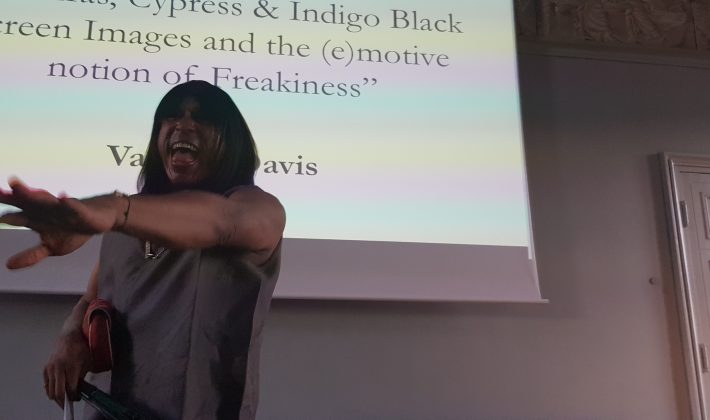
Vaginal Davis noncommercial art advice
Vaginal Davis gives advice about how to interact with society through art stalking without a commercial point of departure and still getting something delicious out of it. [ngg_images source=”galleries” container_ids=”3″ […]
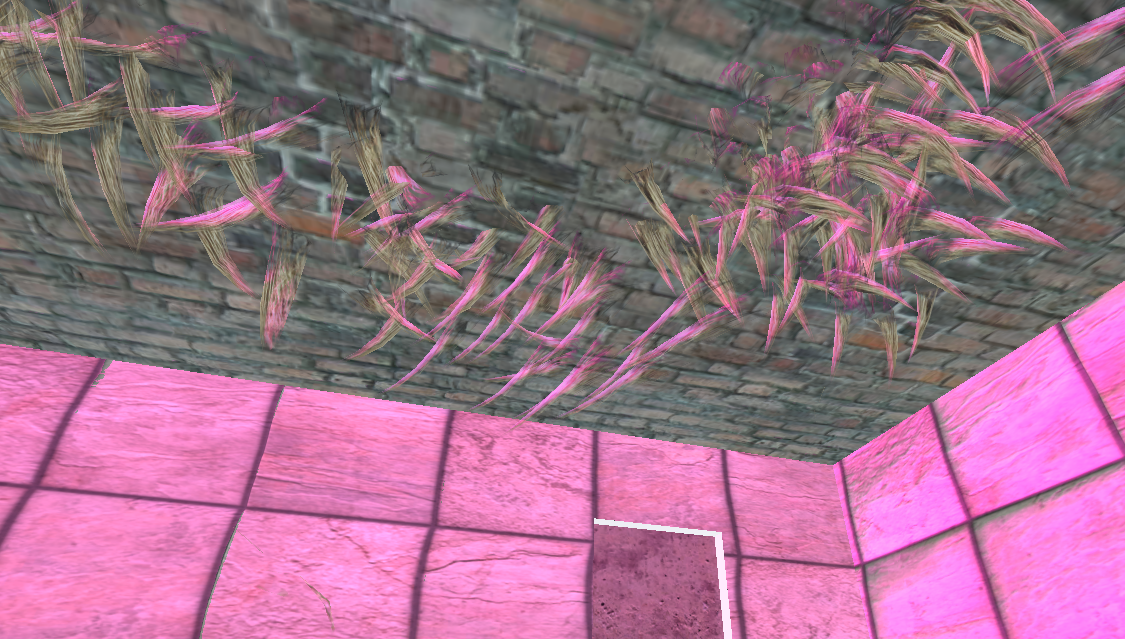
Stories of Maria Wine and Artur Lundkvist
Historical exhibition about Maria Wine and Artur Lundkvist. Gallery Extra keeps the exhibition open while searching for queer interpretations of the mythical stories of these famous Swedish writers and poets. […]
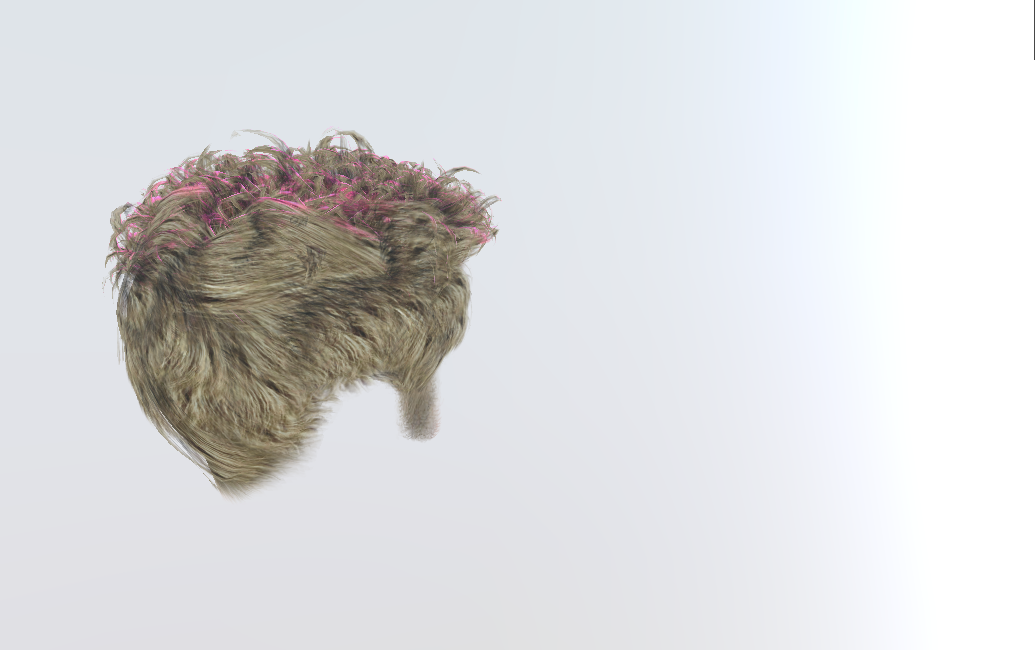
VR in Harry Martinsons school
During the visit you get to try VR-artworks in progress. Artist Johan Lundin works with visions to integrate virtual reality as public art. Invited by Olofström municipality, Harry Martinson-sällskapet and […]
